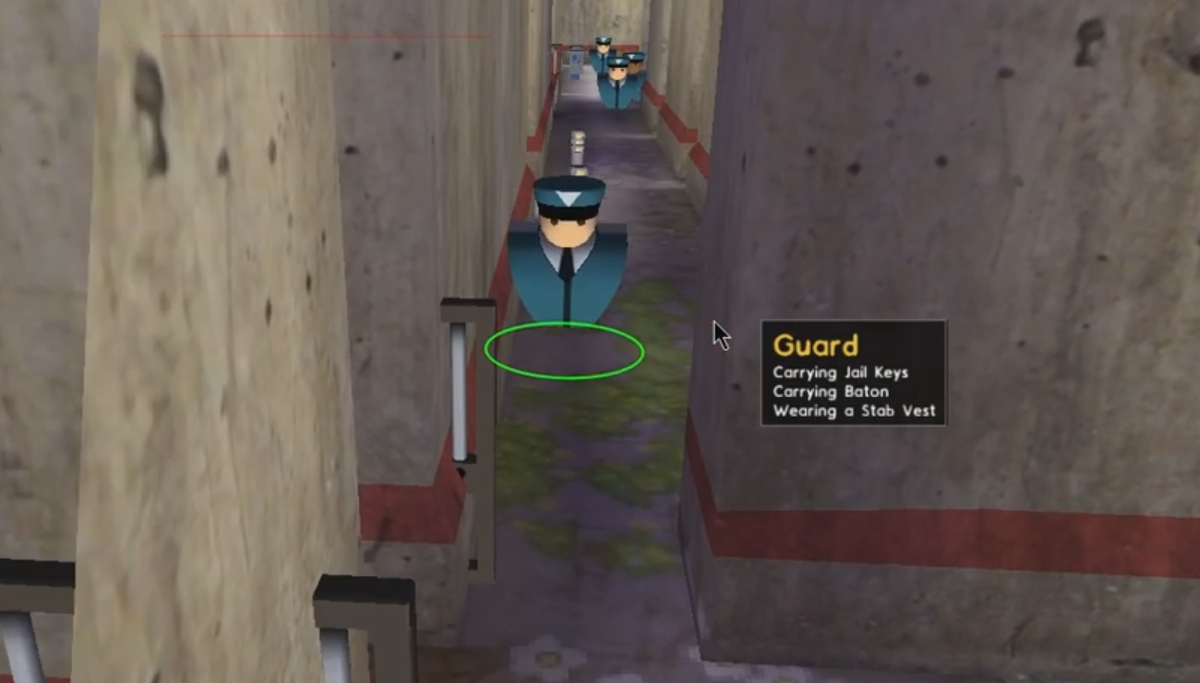

Prisons like that are under-used or abandoned. You can’t have a prison in that particular place without heating and single cells were alien to staff and prisoners. A prison I know of in Asia was built based on the design of a European high security prison – it’s single cell and without heating.

Is developed countries using a design from home still an issue? This means factors like eating arrangements – do you sit and eat communally, do you eat in isolation in your cell? To eat alone is socially unusual in most communities, and can be quite alienating and institutionalising.Ĭongolese inmate displays her voter card in a detention cell in Geti prison. If you want prisoners to lead a more law abiding life when they leave, for example, then it’s essential to design buildings so they can keep up with social practices and community life. What it comes back to is the purpose of imprisonment. Why is it important to take local cultural values into consideration? Living spaces built for 20 but holding two or three times that number are not unusual. These prisons, designed based on outdated ideas about incarceration and now very decrepit, are still in use – and their limitations made worse by overcrowding. Large, two to three storey buildings, long corridors, rather like you see on Porridge. Yes, in Africa, for example, if you are familiar with nineteenth century British prisons you can recognise instantly similar layouts in former British colonies. Is this what you see on the ground? Why are these prisons so problematic? Prisons, inspired by nineteenth century prison architecture, can be found around the world. Historically colonial powers such as the Belgians, French and British built prisons that were essentially replicas of what they had back home. But large scale imprisonment is primarily a western concept and donors can be tempted to build prisons similar to those in their own countries. They can be receptive to donor funding of new prisons. Governments generally recognise the need, but hospitals or schools often take priority. How easy is it to persuade governments in developing countries to build well-designed prisons? This means providing spaces for staying in contact with families, work, education, and playing sport. In my view, design is crucial to creating an environment in which prisoners can live and not become institutionalised. It tells you what to expect and where the limits of behaviour are. Why is the architectural design of prisons so important from a human rights and humane treatment perspective?Īrchitecture sends a silent message to everyone walking into any place. Having recently retired, below she reflects on her work. Isabel Hight has spent over 35 years advising on prison development and management in East Timor, Liberia, Sudan, Rwanda, Afghanistan and Congo for organisations like the United Nations and the International Committee of the Red Cross. Wearing their distinctive pink uniforms, people suspected of involvement in Rwanda’s 1994 genocide line up before re-entering Kigali’s central prison from a day at work in the fields next to the prison. So what makes a good prison, and why is it is so important to get the design right? But also key is the design and construction of the buildings where prisoners will spend their time: the prison itself.


There are many issues of concern when working with prison populations such as access to legal services, prevention of torture and justice system efficiency. In developing countries, they are typically crammed into buildings that are old and uncared for, neglect that leads to tragedies like the fire in 2012 that killed over 300 prisoners in Honduras. They are likely to be drawn disproportionately from the poorest and most marginalised groups in society, and in some places there are even children living in prisons with their parents (pdf) in their thousands. Around a third of prisoners globally haven’t even been found guilty – they are on pre-trial detention. These people are not necessarily hardened criminals. The world’s prison population has gone up 10% since 2004, and in some countries, such as Indonesia, the increase has been as high as 183%. And then there are those that are a much harder sell sewers, for example, or prisons.īut the world’s prisons are home to an estimated 10 million people globally (pdf) and this number is rising. W hen it comes to infrastructure development in developing countries, there are projects that instantly appeal – like hospitals.


 0 kommentar(er)
0 kommentar(er)
